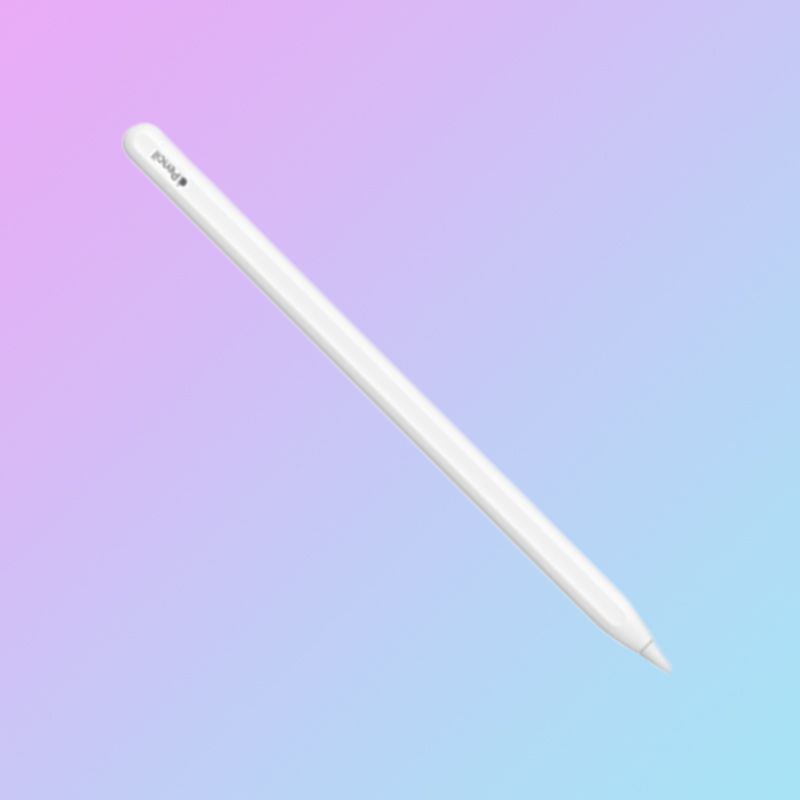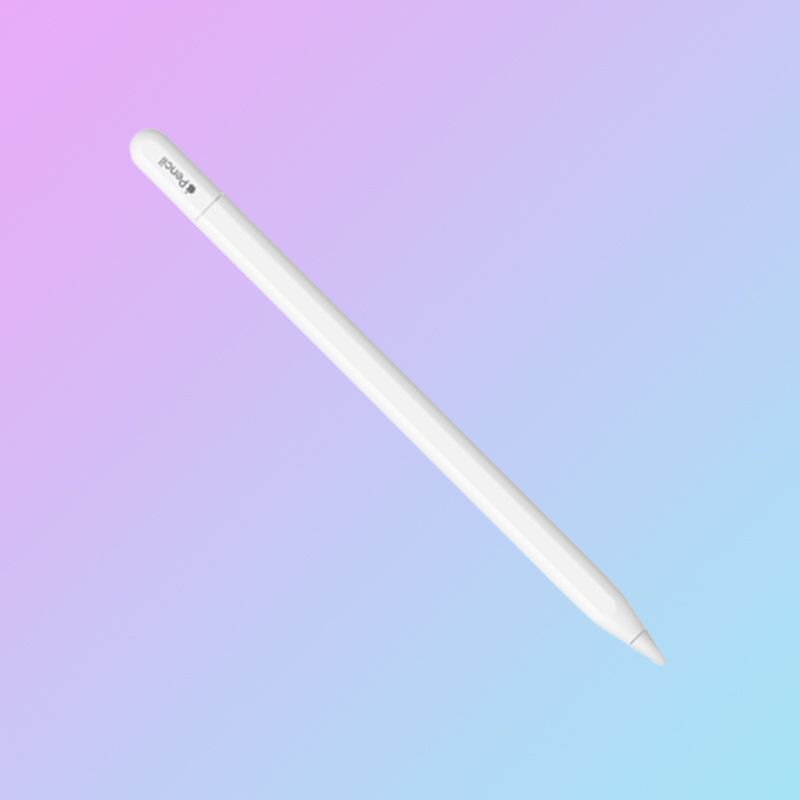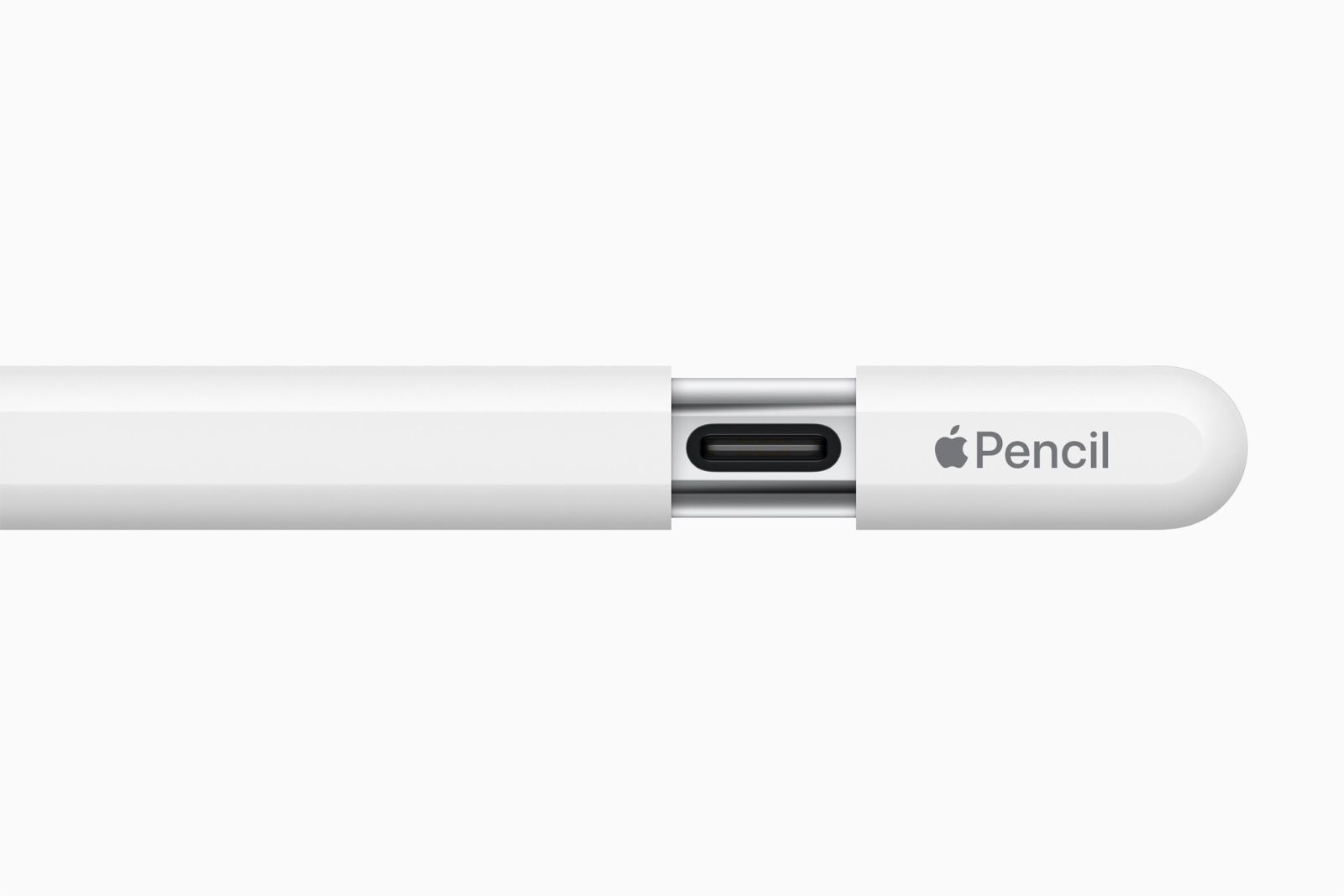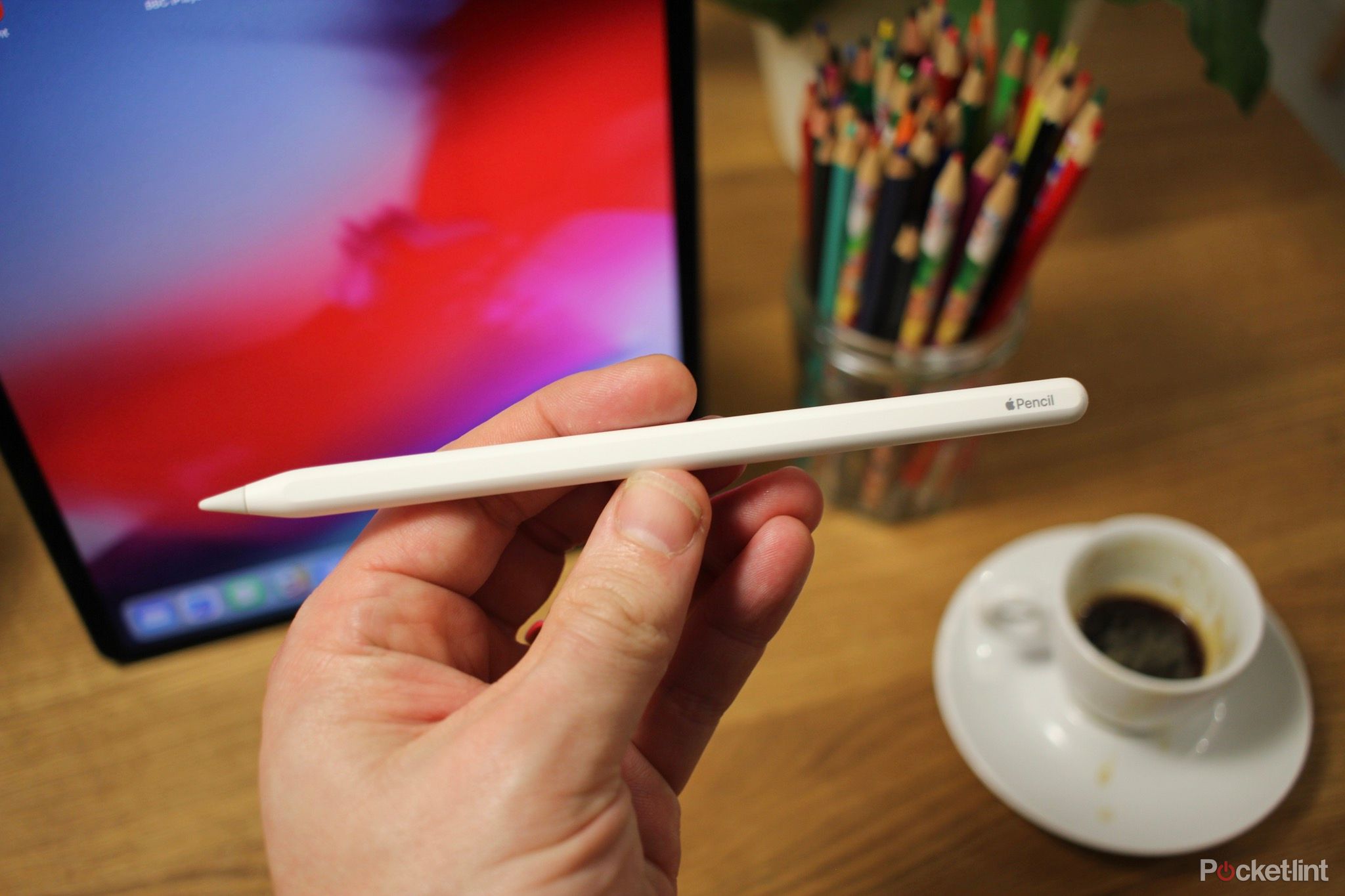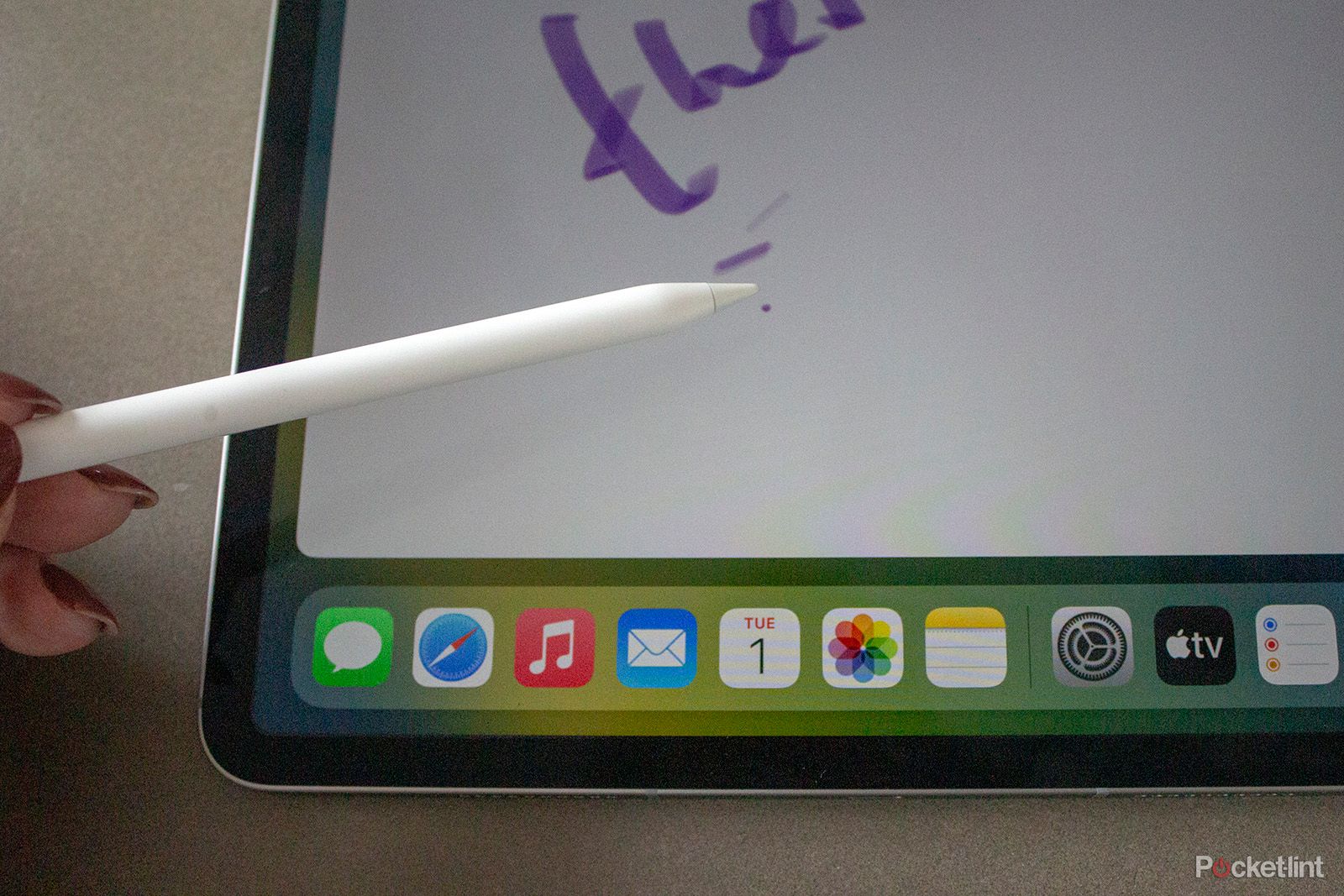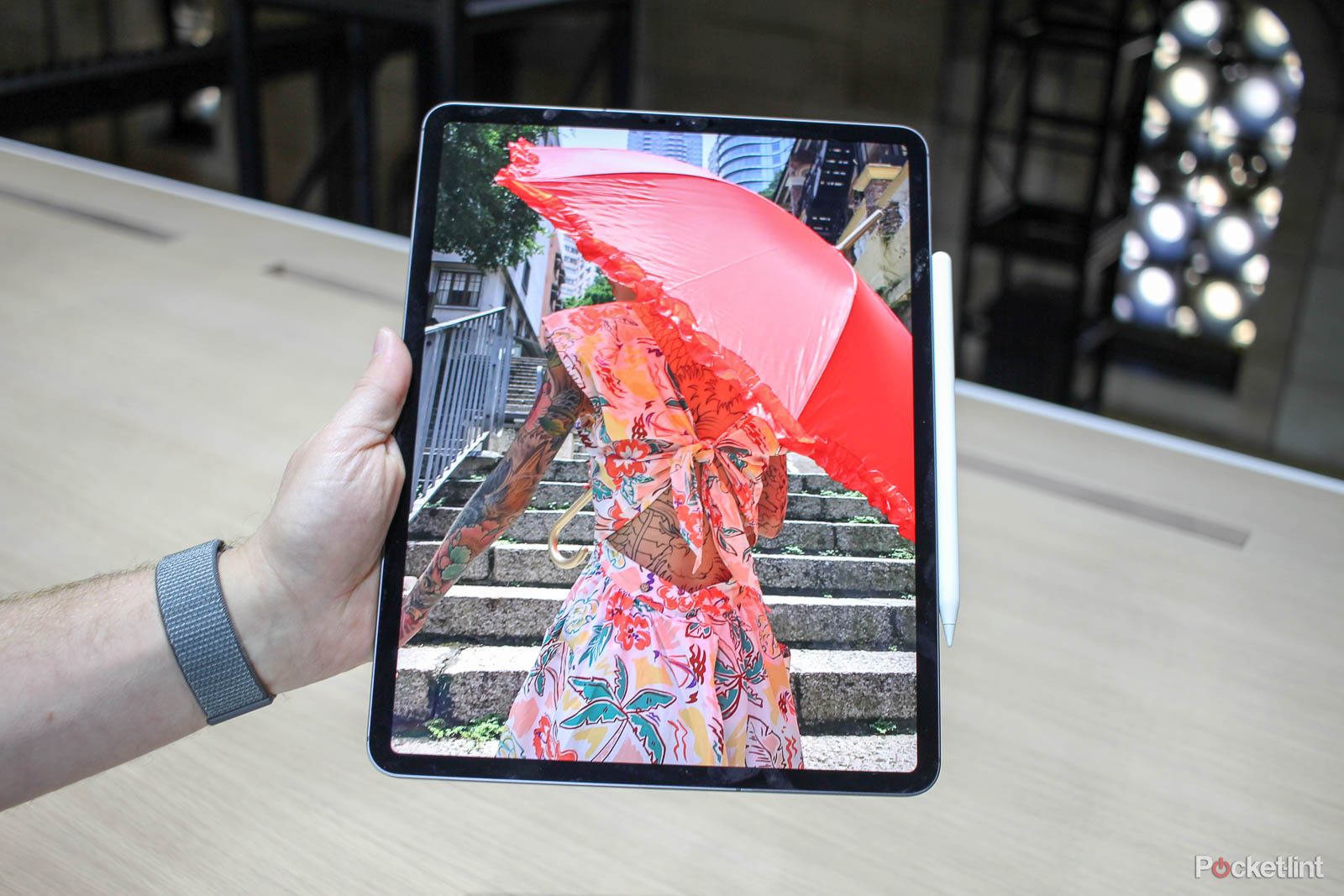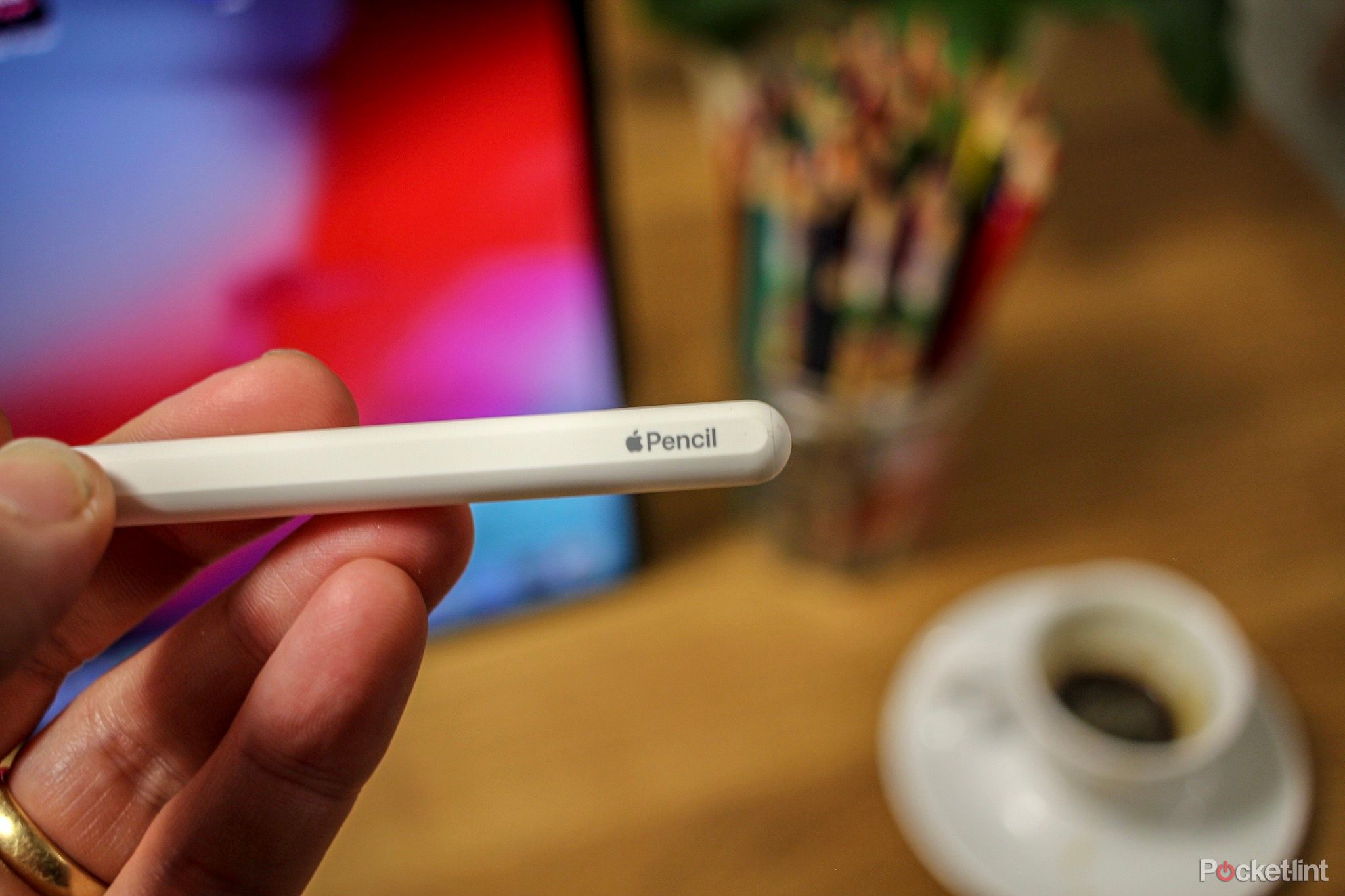-
Apple Pencil (2nd Generation)
Our top pick$120 $129 Save $9The Apple Pencil (2nd Generation) is still the most feature-packed Apple Pencil to date, with pressure sensitivity, double tap gestures, and hover support. If you're looking to get maximum utility out of an Apple Pencil, this is the one to choose.
Pros- Wireless charging and pairing
- Pressure sensitive
- Double tap gestures
Cons- More expensive
- Not compatible with iPad (10th Generation)
-
Apple Pencil (USB-C)
A great alternativeThe Apple Pencil (USB-C) is the most affordable Apple Pencil to date. Whilst it's missing some of the features of the most expensive model, it still has some great features including tilt sensitivity and hover support. It's a solid choice if you're on a budget.
Pros- Low price
- Supports hover on iPad Pro
- Tilt sensitivity
Cons- No wireless charging
- No double tap gesture
- No pressure sensitivity
Key Takeaways
- The new Apple Pencil (USB-C) is the most affordable Apple Pencil to date, making it a more accessible option for those whom the price tag has put off.
- The Apple Pencil (USB-C) and Apple Pencil (2nd Generation) have similar designs and weights, but the USB-C version is slightly shorter and fatter. It also has a retractable end that reveals its charging port.
- While the Apple Pencil (2nd Generation) has pressure sensitivity and double tap gesture capabilities, the Apple Pencil (USB-C) lacks these features. However, it still offers precise input, tilt sensitivity, and the Hover feature.
A new Apple device is almost always a source of great excitement, especially among Apple fans. Sometimes, however, the announcement may not be a new iPhone or a new iPad but rather something that enhances those devices and perhaps, therefore, not met with quite the same levels of hysteria. That could probably be said for the announcement of the new Apple Pencil, but before you disregard it as a boring announcement, there are some reasons to get excited. Most notably, if you've wanted an Apple Pencil but have been put off by the price tag, the new Apple Pencil (USB-C) is the most affordable Apple Pencil to date.
Related: Best Black Friday iPad deals
How does the new Apple Pencil stack up against the top-of-the-range model - or the Apple Pencil (2nd Generation) as it is officially known? We've compared the features of the Apple Pencil (2nd Generation) against the Apple Pencil (USB-C) to help you determine the differences and what you might miss out on.
Price, specs, and availability
The Apple Pencil (2nd Generation) was released in November 2018. It's available at $129/£139 from Apple, although you can currently get it for $119 from Amazon. You can get it any colour you want, as long as it's white.
The Apple Pencil (USB-C) is due to become available from early November 2023. It's priced at $79/$79 and is also only available in white.
Let's take a look at some of the key specs to see how the two Apple Pencils stack up.
Apple Pencil (USB-C) Apple Pencil (2nd Generation) Brand Apple Apple Connectivity Bluetooth, USB-C Bluetooth Color White White Weight 20.5g 20.7g Dimensions 155mm x 7.5mm 166 x 8.9mm
Design
At first glance, the Apple Pencil (2nd Generation) and Apple Pencil (USB-C) look exactly the same. Unsurprisingly, they're shaped like a pencil, as is the case with most styluses, with a long, slim body and a tapered tip. If pencils came in all-white, this is what they'd look like. Both Apple Pencils are also similar in weight, with the Apple Pencil (2nd Generation) weighing 20.7g and the Apple Pencil (USB-C) weighing 20.5g. This is intended to match the weight of a traditional pencil.
However, there are a couple of differences between the Apple Pencil (USB-C) and the Apple Pencil (2nd Generation). The first is that the new Apple Pencil is a little shorter and fatter. The Apple Pencil (2nd Generation) is 140.5mm long, with a 16.5mm diameter. In comparison, the Apple Pencil (USB-C) is 129.5mm long with an 18.3mm diameter. It's not a huge difference, but it remains to be seen how the smaller size of the Apple Pencil (USB-C) will affect how it feels and handles.
The second key difference is that the Apple Pencil (USB-C) has a retractable end that reveals its charging port and is responsible for its name. By sliding back the end, you reveal the USB-C port that you use to both charge and pair the Apple Pencil (USB-C). In comparison, the Apple Pencil (2nd Generation) has a solid body with no retractable end as it uses wireless charging and pairing, which we'll learn more about later.
Pressure sensitivity
The Apple Pencil (2nd Generation) is pressure sensitive, which means that what you're drawing will respond to how hard you press, just as is the case with a real pencil. If you're pressing harder, you'll get a thicker line. If you're pressing lightly, the line will be thinner. It's a useful feature that is intuitive to use as it mimics the response of a traditional pencil.
The Apple Pencil (USB-C) doesn't offer pressure sensitivity, so you'll get the same output no matter how hard or soft you're pressing down. The idea is that if you are planning to use the Apple Pencil for drawing or illustrative purposes, then the 2nd Generation model is still recommended. For day-to-day tasks, however, such as writing notes or marking up PDFs, the Apple Pencil (USB-C) should be able to fill those needs without the pressure sensitivity function.
Tilt sensitivity
Although the Apple Pencil (USB-C) doesn't have pressure sensitivity, it does have tilt sensitivity. This is another feature that mimics how a real pencil works. You'll get a thin line if you're drawing with the tip of the pencil only. However, if you rub the side of the nib against the screen like you would with a pencil and paper when shading, you'll get a shading effect. Tilt sensitivity is found on both the Apple Pencil (2nd Generation) and Apple Pencil (USB-C).
Hover
Not all of the features of the Apple Pencil mimic what you can do with a real pencil. Some add additional useful tools that aren't possible with a traditional pencil. If you're using an iPad Pro, both the Apple Pencil (2nd Generation) and the Apple Pencil (USB-C) allow you to use a very useful feature called Hover. This feature registers when your Apple Pencil is 12mm or less above the display of the iPad Pro.
Hover can be used a number of ways, with the most intuitive being the ability to preview a mark you're going to make before you make it. For example, if you're using Notes, you can see the pen's colour and thickness before you actually draw anything. It makes it much easier to see the mark that you're going to make without the Apple Pencil (and your hand) obscuring your view. When you're erasing, you can do a similar thing; by hovering over the display, you can see what it would look like when you erase something before you've actually erased it. You can also use Hover to navigate through tool palettes.
Double tap
Another feature that doesn't work with real pencils, no matter how hard you try, is the ability to use a double tap gesture to switch between different tools when you're drawing quickly. For example, you can quickly switch between a drawing tool and an eraser just by double-tapping the Apple Pencil (2nd Generation). When you want to switch back, just double-tap again. The double tap gesture isn't available on the Apple Pencil (USB-C).
Charging
One of the biggest differences between the Apple Pencil (2nd Generation) and the Apple Pencil (USB-C) is how you charge them. The Apple Pencil (USB-C) follows the lead of the original Apple Pencil (1st Generation) and requires you to plug it in to charge physically. However, unlike the Apple Pencil (1st Generation), the Apple Pencil (USB-C) charges via a cable through its USB-C port rather than taking off the top and plugging the Lightning adapter into a compatible port. Pull back the retractable end of the Apple Pencil (USB-C), plug in a USB-C cable, and plug the other end into power, and you can charge your Apple Pencil up.
The Apple Pencil (2nd Generation) dispenses with the cables and instead charges wirelessly. In what feels a little bit like magic, all you need to do is connect the Apple Pencil (2nd Generation) to the side of your iPad. It will snap into place magnetically, and you'll see a brief pop-up notification on the display of your iPad showing the current charge of your Apple Pencil (2nd Generation). Whilst it remains attached to your iPad, it will charge wirelessly until it reaches 100 per cent.
You can magnetically attach the Apple Pencil (USB-C) to the side of your iPad in the same way, but it won't wirelessly charge. However, connecting it to the side of your iPad will put it into a low-power mode in order to preserve battery life.
Battery life
The Apple Pencil (2nd Generation) can run for up to 12 hours between charges. The charging is also extremely fast, allowing you to fully charge the Apple Pencil (2nd Generation) in around 20 minutes.
We've yet to try out the Apple Pencil (USB-C), so the exact battery life remains unclear. The device is a little smaller, so it may be that the battery life is a little shorter than the Apple Pencil (2nd Generation). However, if the Apple Pencil (2nd Generation) does contain a smaller battery, it should also be quicker to charge it up fully. We'll update this article with more information once we've put the Apple Pencil (2nd Generation) through its paces.
Personalisation
If you order an Apple Pencil (2nd Generation), you can have it engraved for free. That stops any fights with other Apple Pencil users over whose Apple Pencil is whose when you drop them on the floor. You have your name engraved or just your initials.
Engraving isn't available for the Apple Pencil (USB-C), so you'll have to come up with more creative ways of personalising your Apple Pencil (USB-C). In a pinch, you can try out an Apple Pencil on your iPad to find out if it's yours or not; your iPad will only work with an Apple Pencil that's been paired to your device.
What iPad models is the Apple Pencil (2nd Generation) compatible with?
Since the Apple Pencil (2nd Generation) charges wirelessly, it's only compatible with devices that are able to charge it. These are as follows:
- iPad Pro 12.9-inch (3rd, 4th, 5th, and 6th generation)
- iPad Pro 11-inch (1st, 2nd, 3rd, and 4th generation)
- iPad Air (4th and 5th generation)
- iPad mini (6th Generation)
What iPad models is the Apple Pencil (1st Generation-USB-C) compatible with?
The Apple Pencil (USB-C) is compatible with a slightly wider range of models. These include:
- iPad Pro 12.9-inch (3rd, 4th, 5th, and 6th generation)
- iPad Pro 11-inch (1st, 2nd, 3rd, and 4th generation)
- iPad Air (4th and 5th generation)
- iPad (10th generation)
- iPad mini (6th Generation)
Apple Pencil (USB-C) vs Apple Pencil (2nd Generation): Which should you choose?
The Apple Pencil that you choose will ultimately come down to your budget and how you intend to use it. If you want to get the maximum utility out of your Apple Pencil, then you'll need to go for the Apple Pencil (2nd Generation). It has useful features such as double-tap gestures and pressure sensitivity that you can't get with the Apple Pencil (USB-C). It's also much less of a hassle to charge, as you can just attach it to the side of your iPad rather than having to mess around with cables and charging ports hidden under retractable lids.
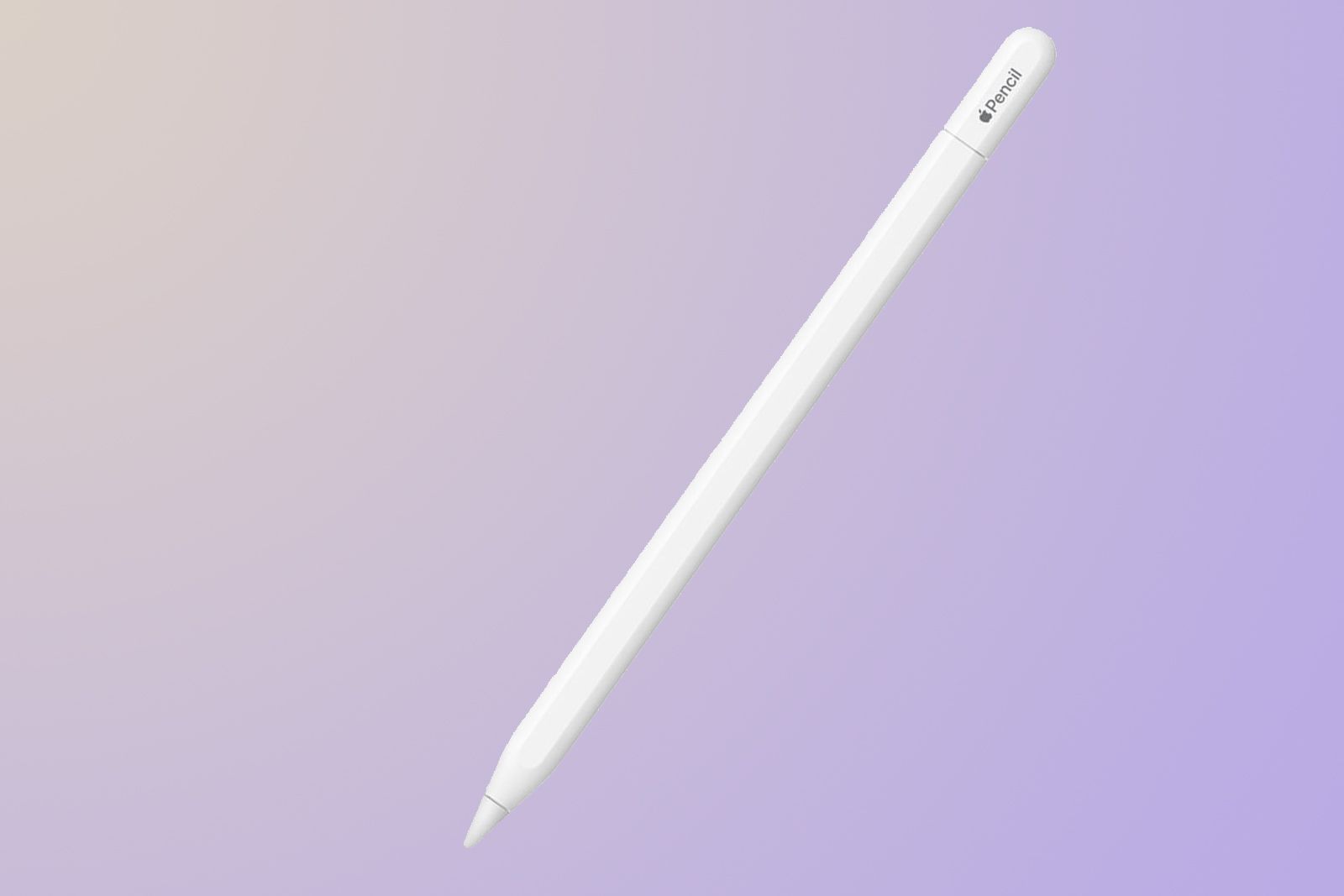
Apple Pencil (2nd Generation)
The Apple Pencil (2nd Generation) is still the most feature-packed Apple Pencil to date, with pressure sensitivity, double tap gestures, and hover support. If you're looking to get maximum utility out of an Apple Pencil, this is the one to choose.
However, if pressure sensitivity isn't that important to you, and you find that wireless charging still feels a little like witchcraft, then the Apple Pencil (USB-C) can give you a lot of the key features of the Apple Pencil (2nd Generation) at a significantly lower price. You get the same precision and low latency of the Apple Pencil (2nd Generation) and can take advantage of useful features such as tilt sensitivity. You can even use the powerful Hover feature with the Apple Pencil (USB-C). However, you will have to find your own way to personalise the stylus.

Apple Pencil (USB-C)
The Apple Pencil (USB-C) is the most affordable Apple Pencil to date. Whilst it's missing some of the features of the most expensive model, it still has some great features including tilt sensitivity and hover support. It's a solid choice if you're on a budget.

